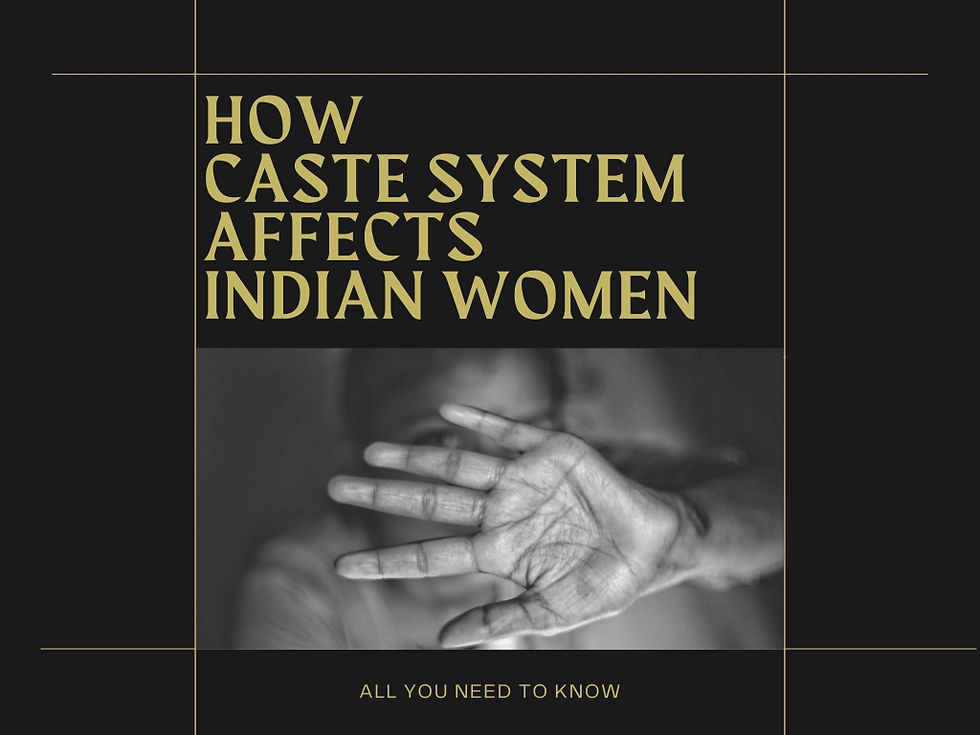The Lopsided Gendered Impacts of Natural Disasters
- GirlUp Constitution

- Jul 27, 2023
- 2 min read

It is universally understood that natural disasters unleash their devastation on all of humanity neutrally, in a way that is certainly not biased. The disasters target human settlements irrespective of gender, identity or even caste. But often, the targets of the disaster(s) often emerge as beings of a specific community, or even gender, i.e., women and girls. The reasons behind this statement are based on socio-political and cultural perceptions of women, as well as the significance of the local society and culture that ultimately influences the actions of others.
The status of women in the social order has largely been inferior and low due to domestic lives, and due to the presence of patriarchy in every Indian state. More than 85 percent of women in India lead a domesticated life as a homemaker, and their access to governmental as well as non-governmental resources is certainly low, given the constraints. In such households, women often wait for instructions from their husbands, and often face infrastructural disadvantages in comparison to men and their professional lives. In the suddenness of a natural disaster, the split-second decision to wait for instructions often affects their ability to survive post-disaster. The unavailability of resources and life skill to women also affects considerably this said ability to survive, as they have been deprived of even the required skills at times. Post-disaster, the scarcity of resources impacts women the most, as they are stereotypically assumed to give up their share of food and other valuable goods. Moreover, the competition for resources due to scarcity seldom leads to a positive result for women, as they are neglected and dominated yet again due to their social status.
Post-disaster, after widespread destruction and devastation in an impacted area, there arise the problems of healthcare and sanitation. It is a gender-neutral problem, but the risk of an unsanitary environment impacts women more because of menstruation. The unavailability of sanitary pads or other healthcare products can lead to health risks, possibly infection. Similar is the plight of pregnant women, who might not be offered the required nutrition and access to hygienic water and conditions. And if the disaster persists for a long time, it might even affect the health of the unborn child negatively. Examples of such disasters can be offered from contemporary India- the Tsunami of 2004, the recent floods in Delhi, and past earthquakes.
Oftentimes, for reconstruction after a disaster, women have to often sell off their empowering ornaments, which are probably their only valuable belongings. The materials that offer a sense of security to women are lost during such an unfair trade and are sold off to build an unjust home again. Clearly, the natural disasters are surely neutral in their approach, but the socio-political perceptions turn them into a gendered and dynamic issue, and one that weighs heavily in favour of men, just like other contemporary problems in the country.
-Mayank Rastogi
GirlUp Constitution
References:





Comments